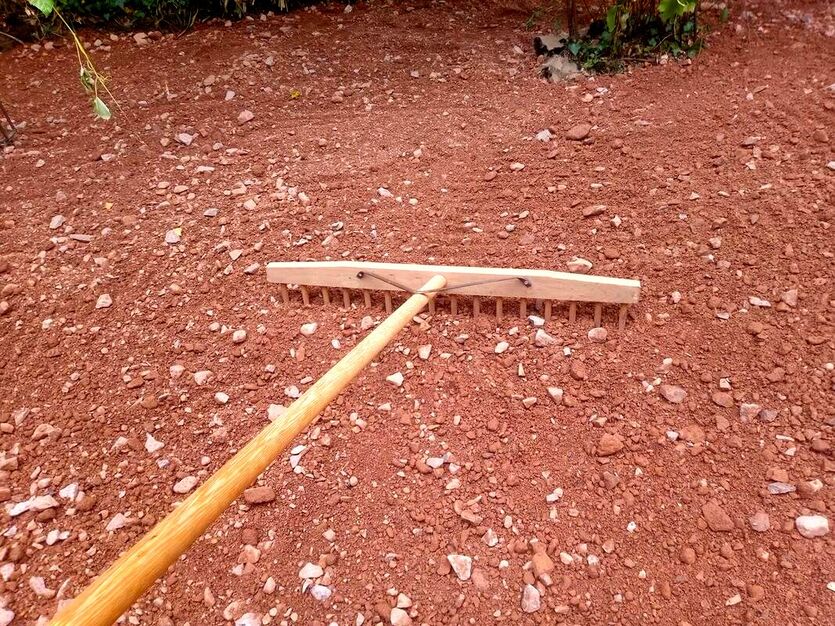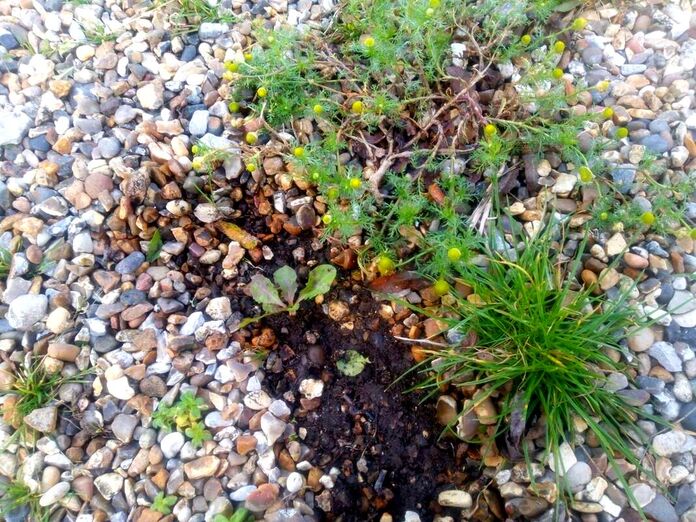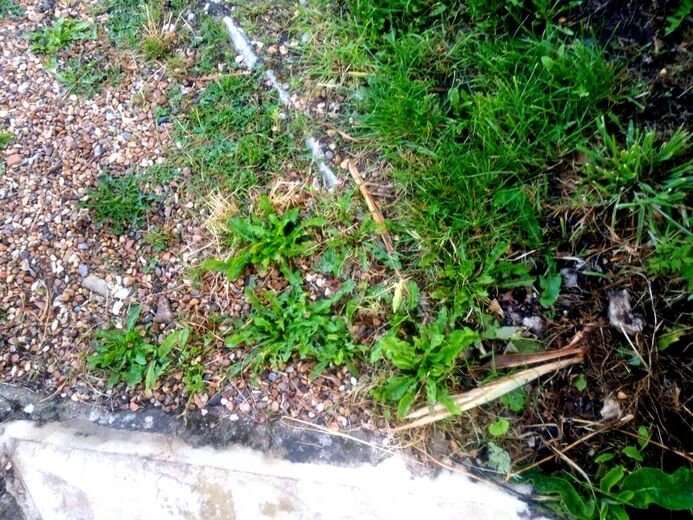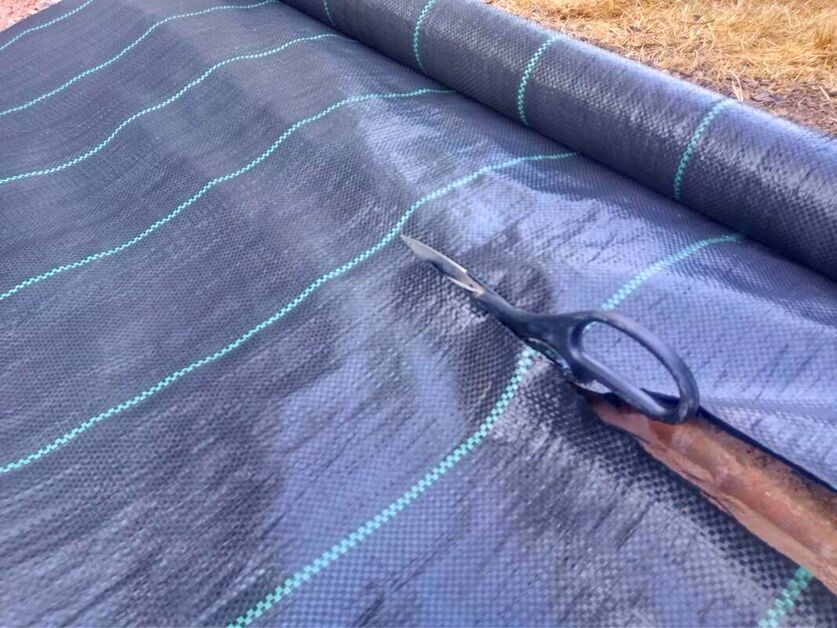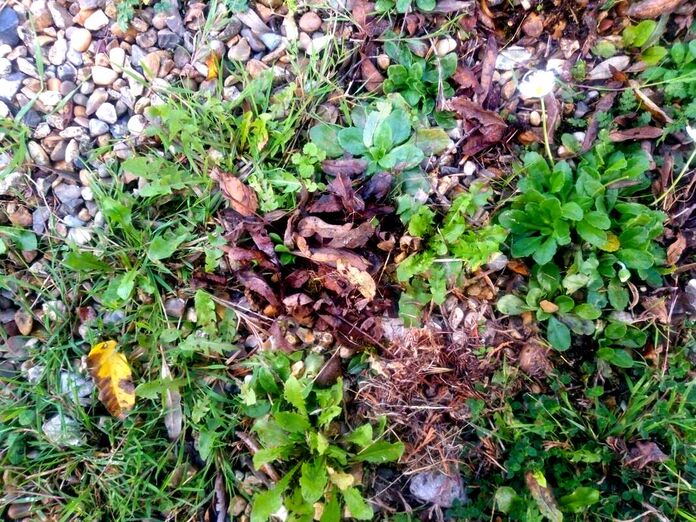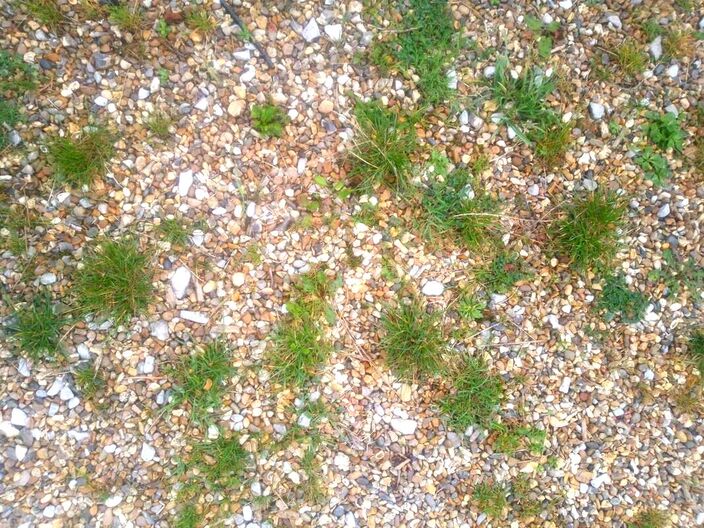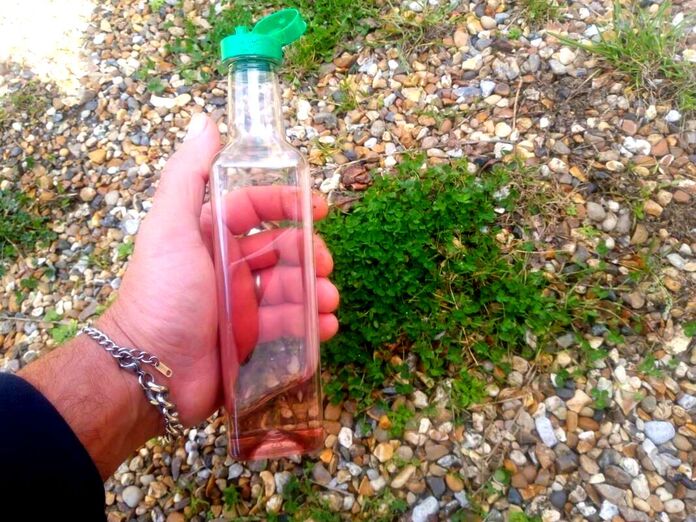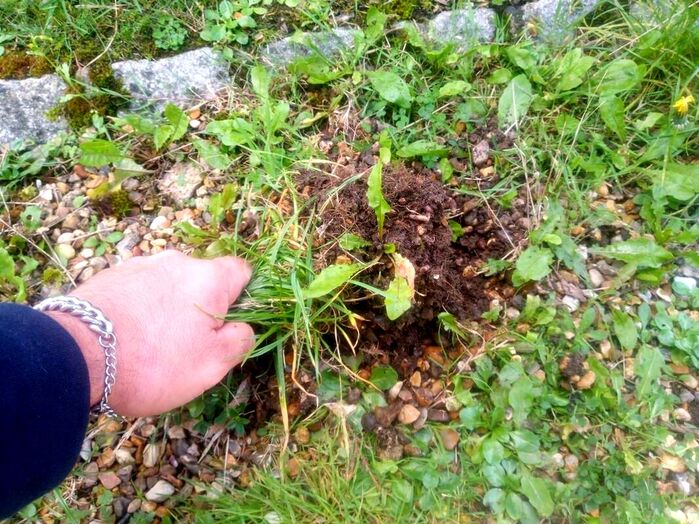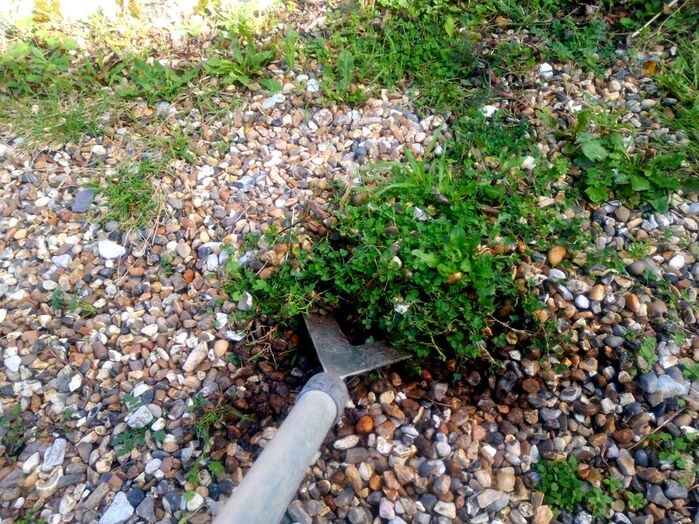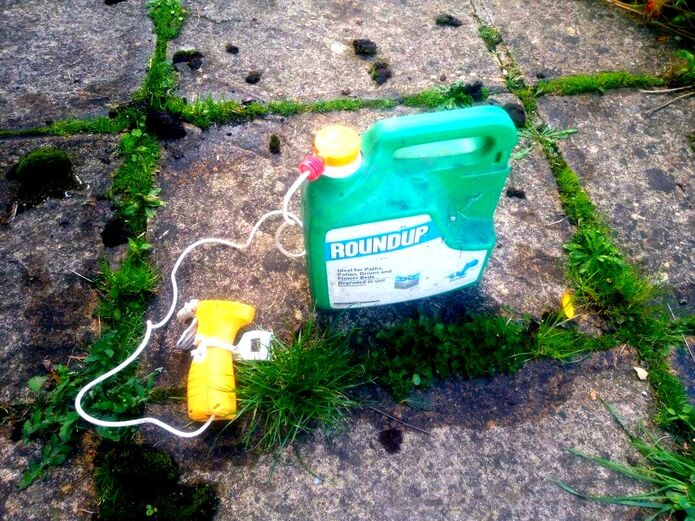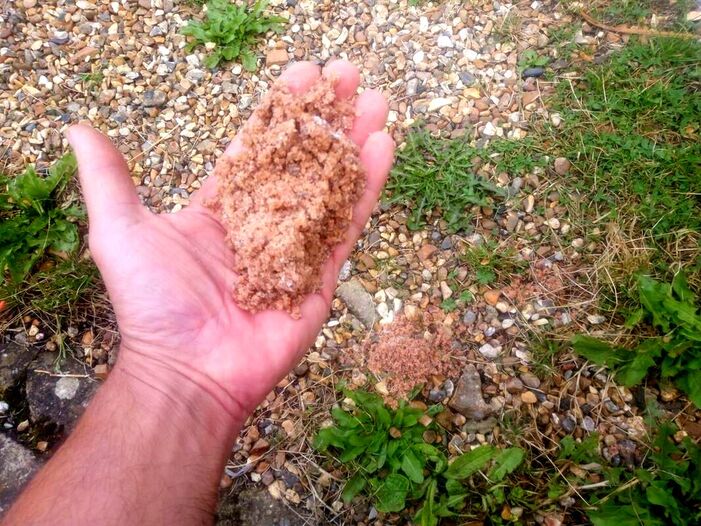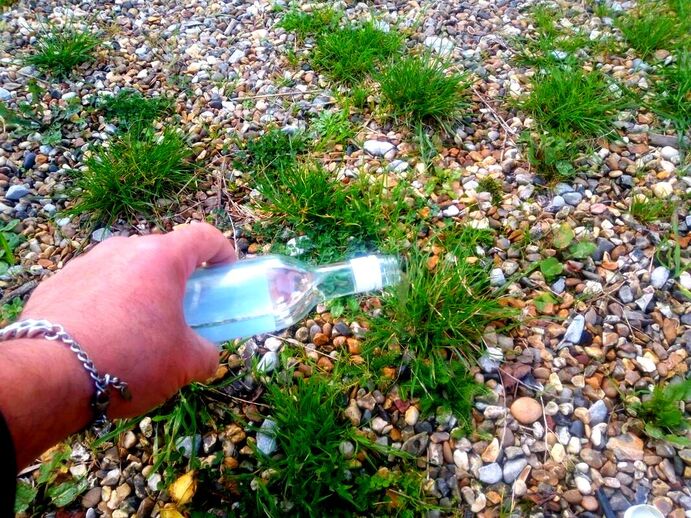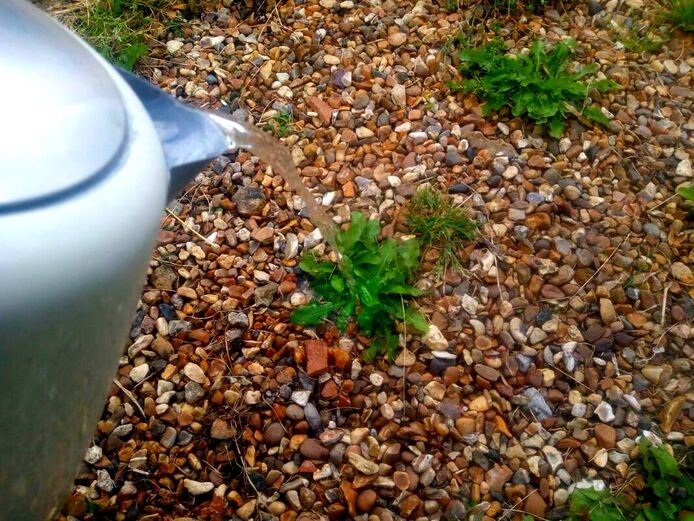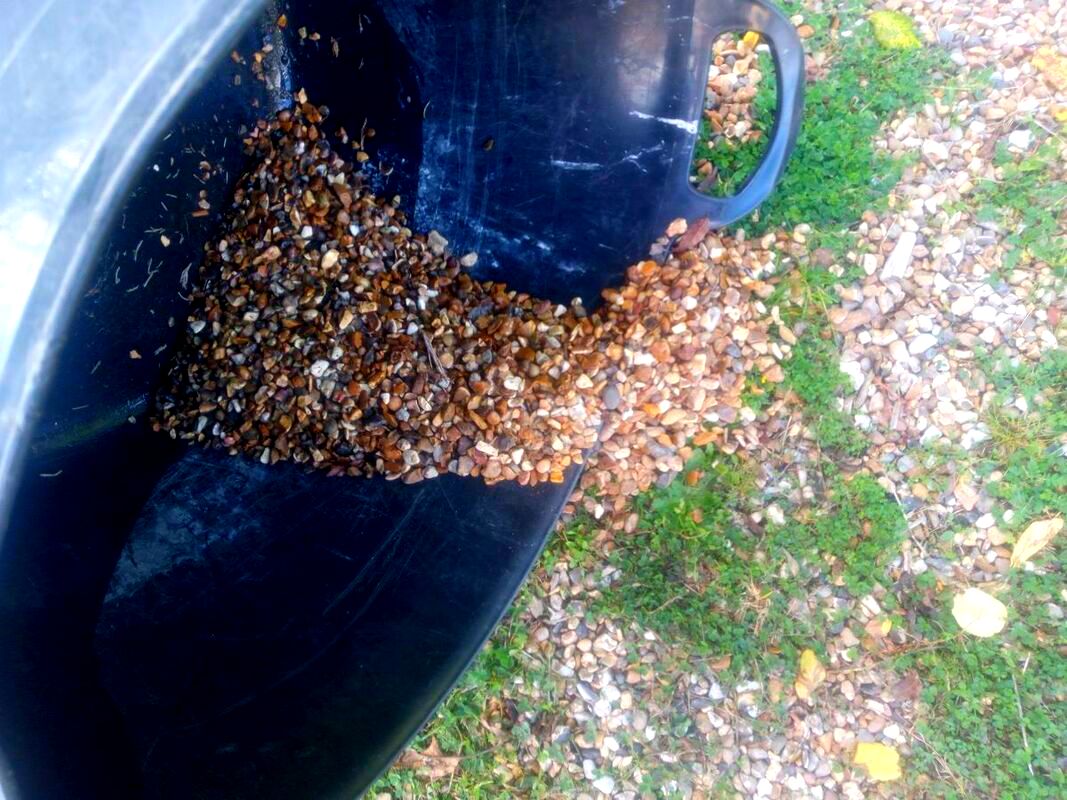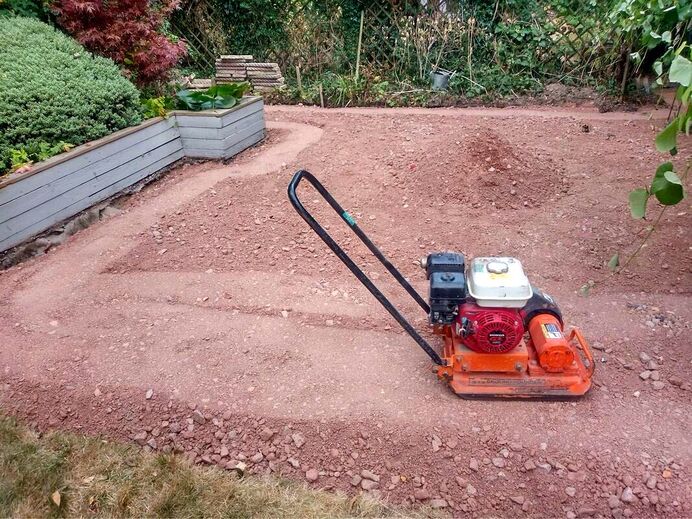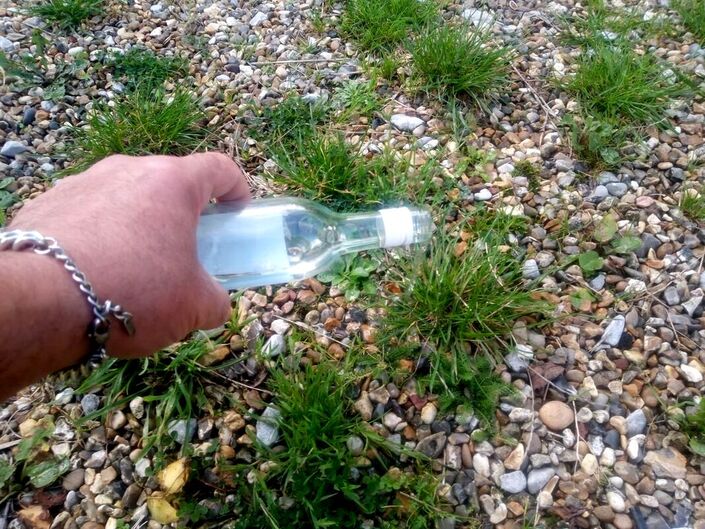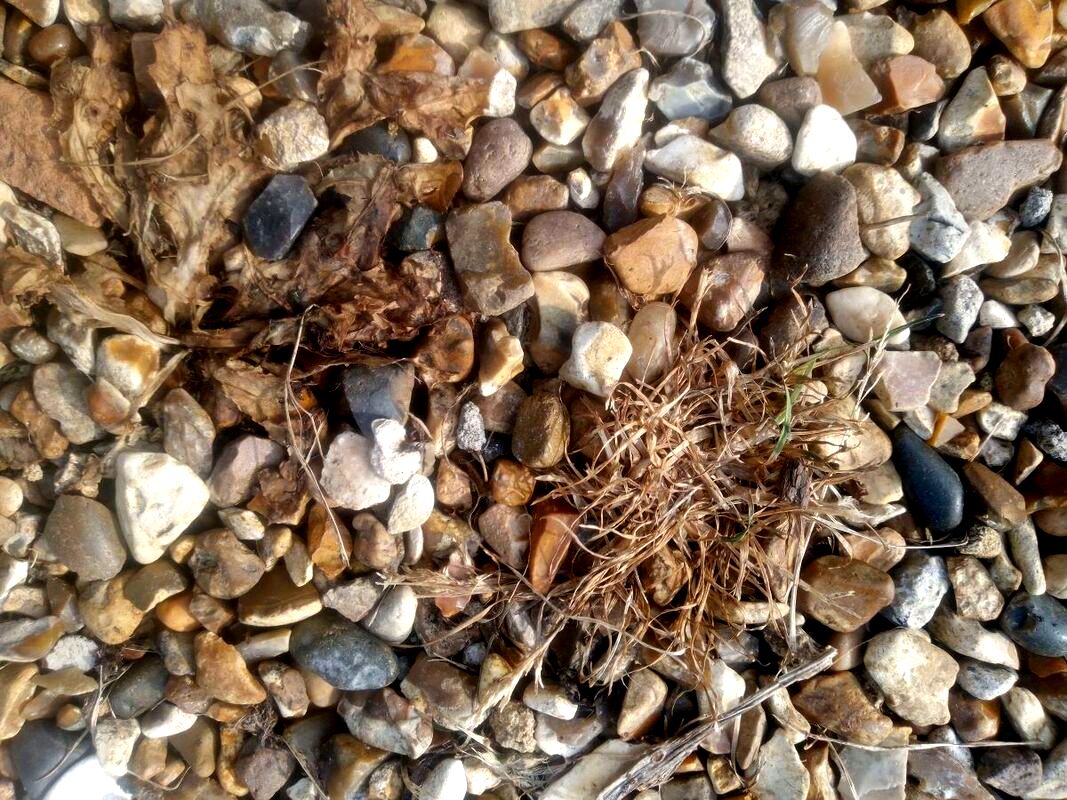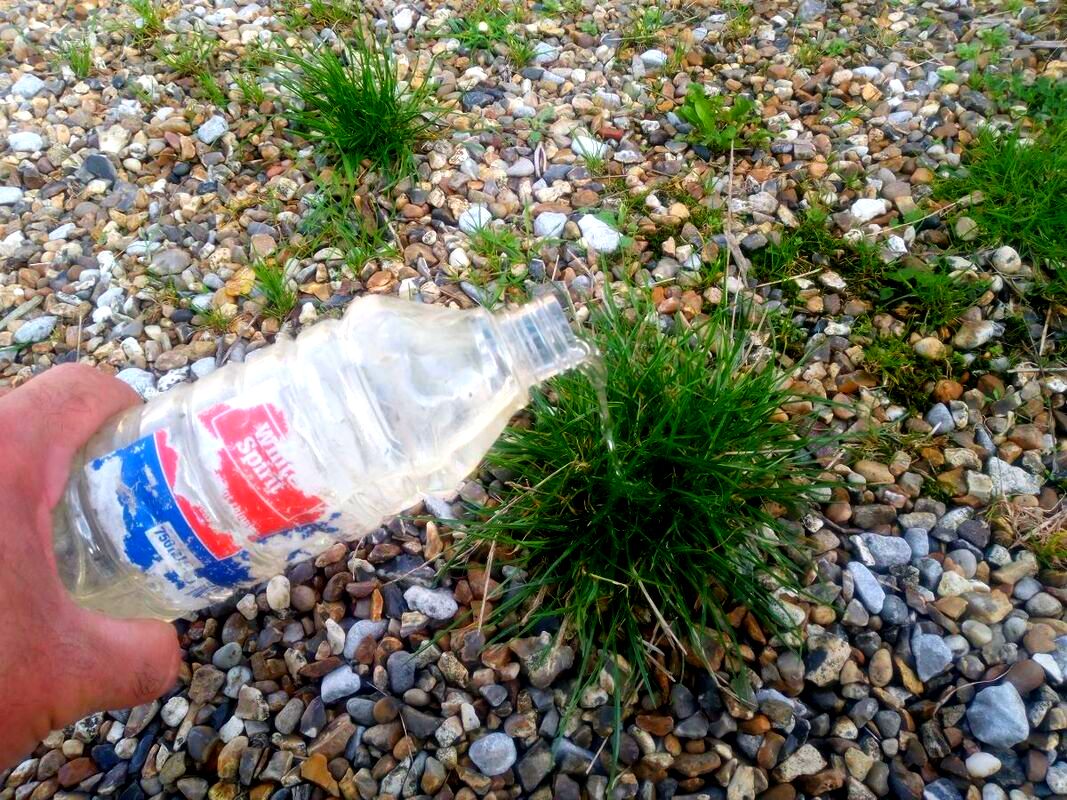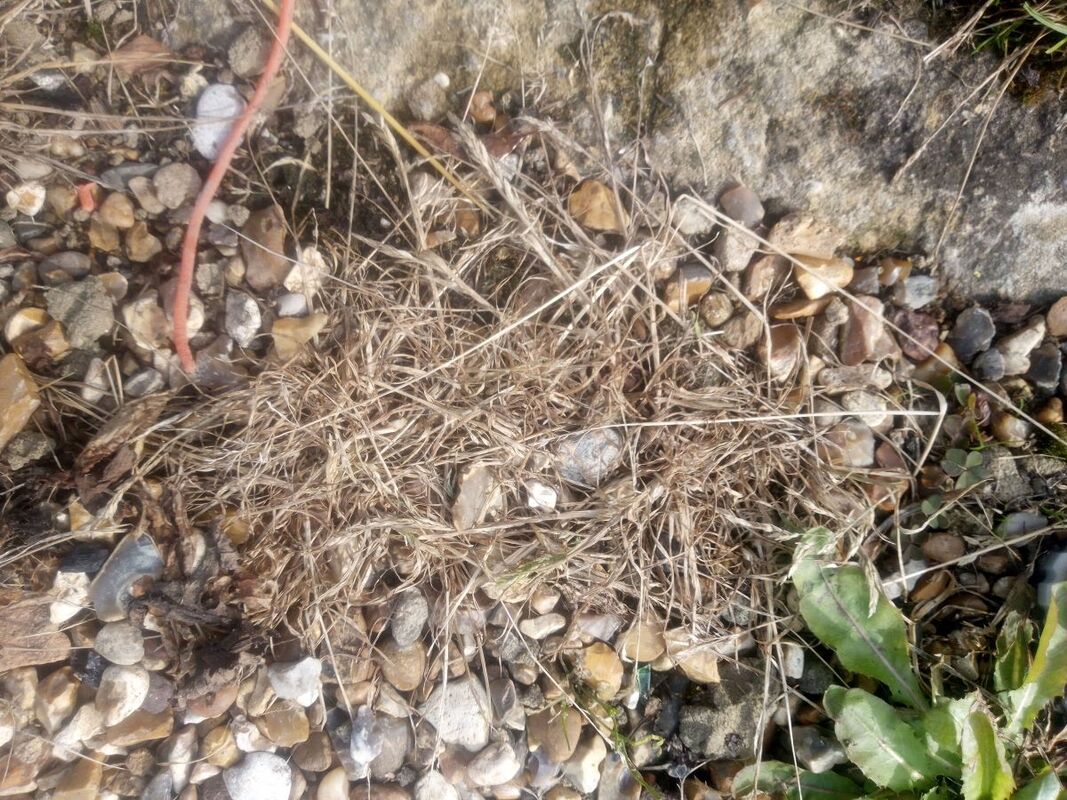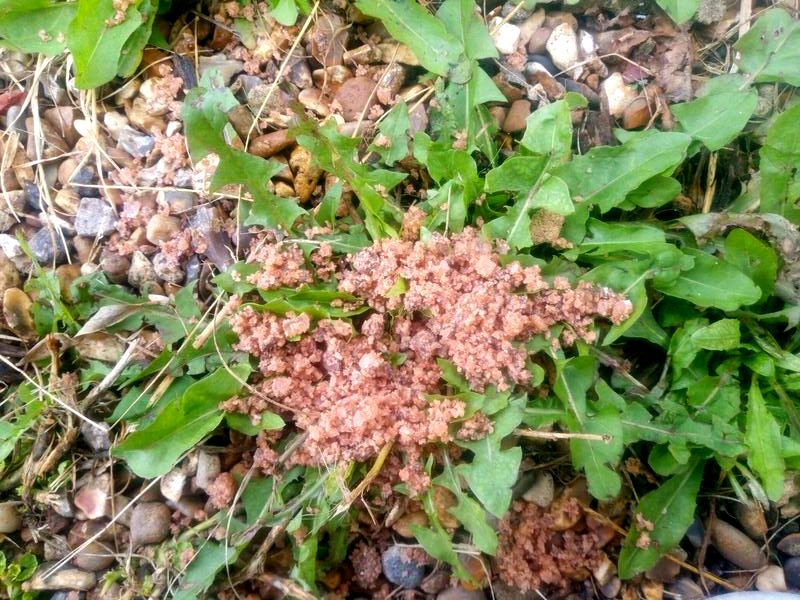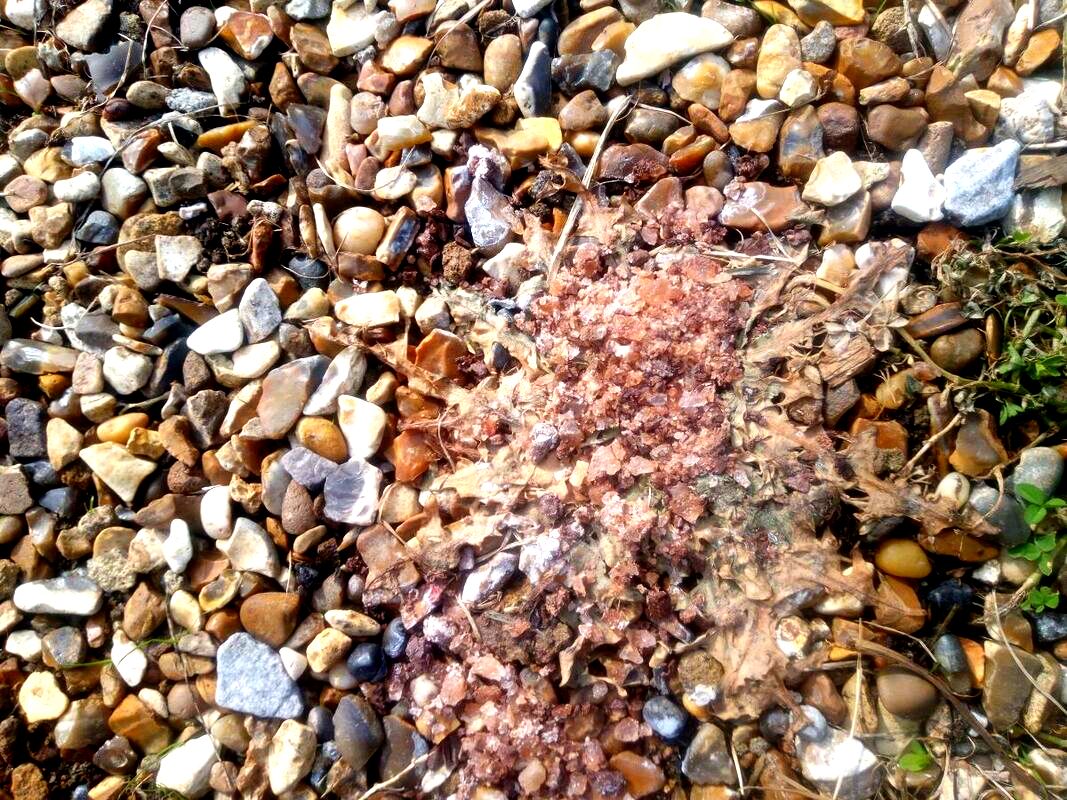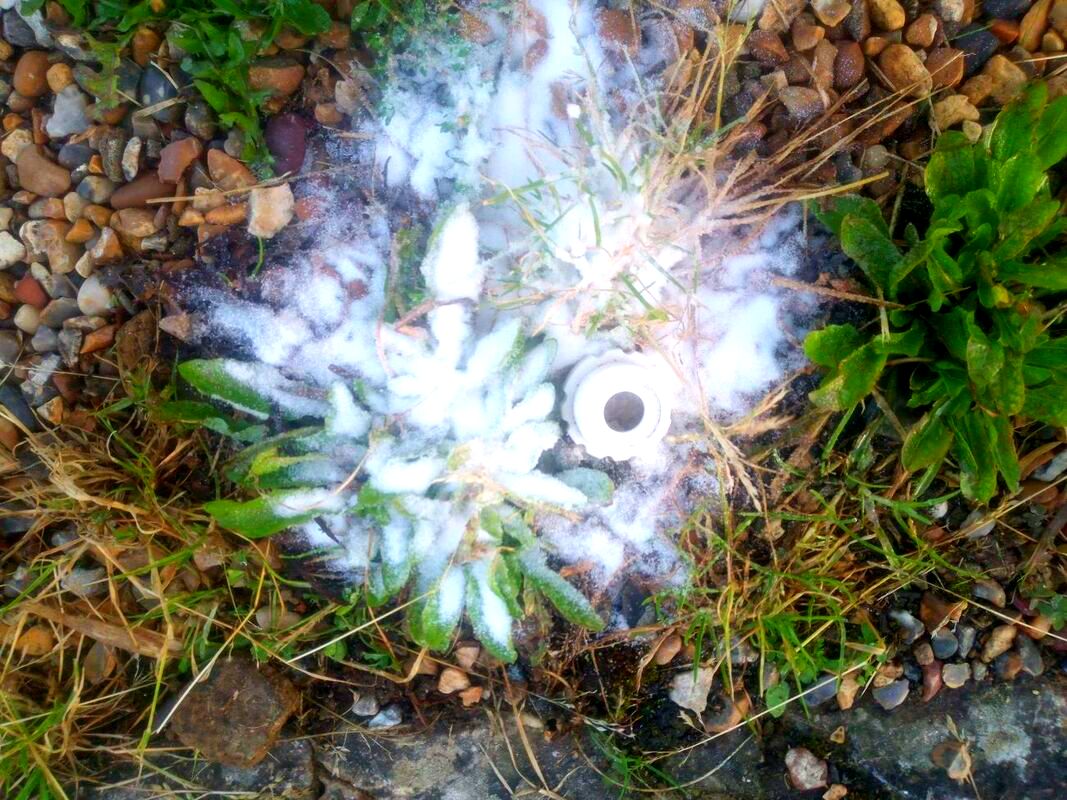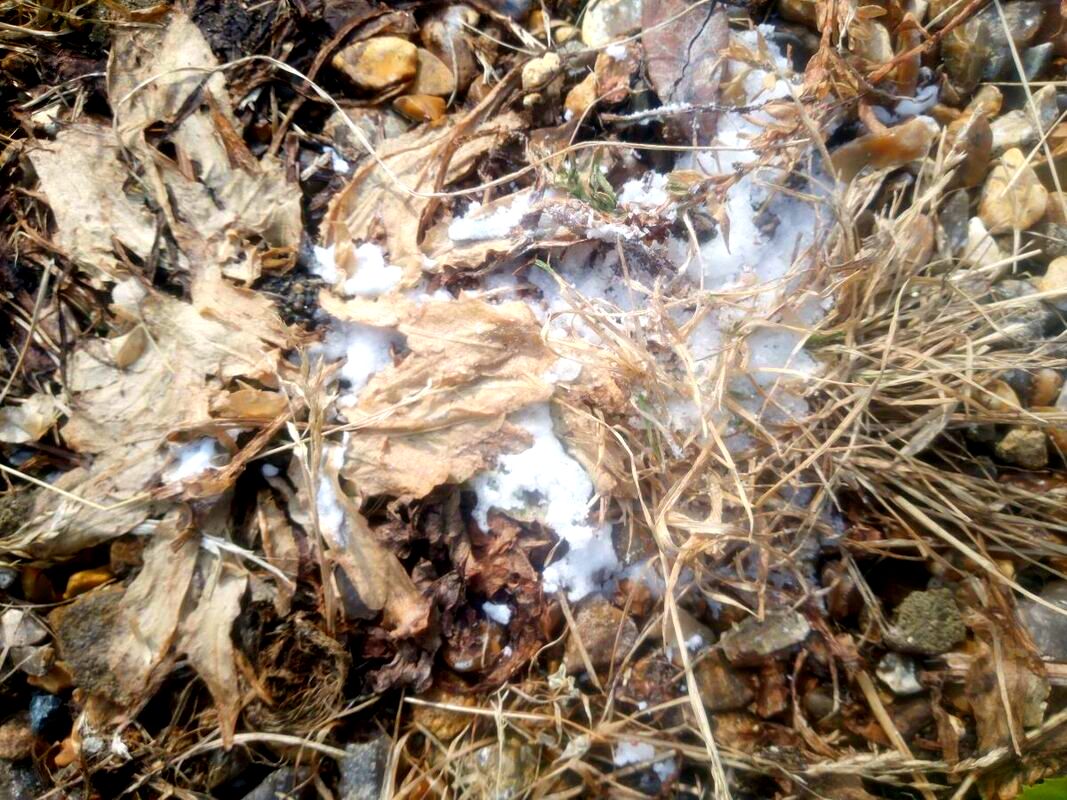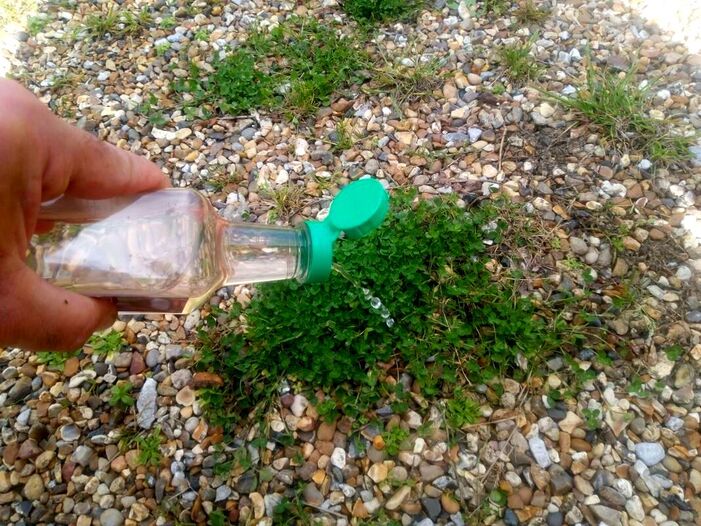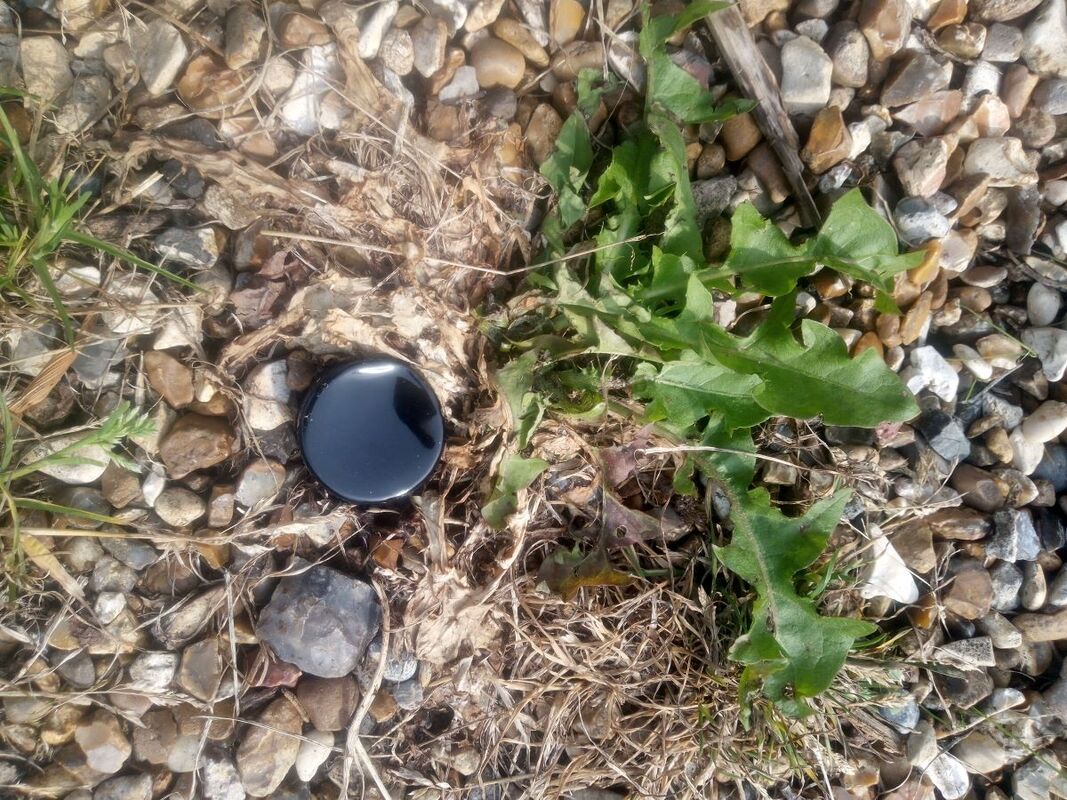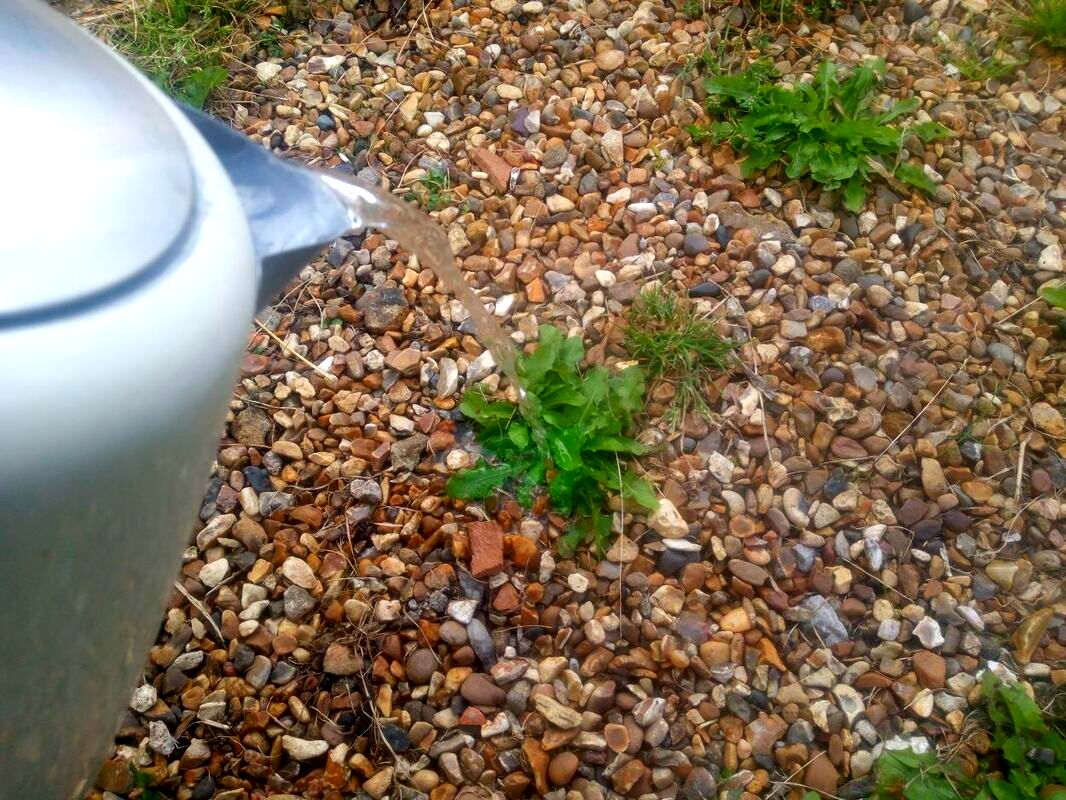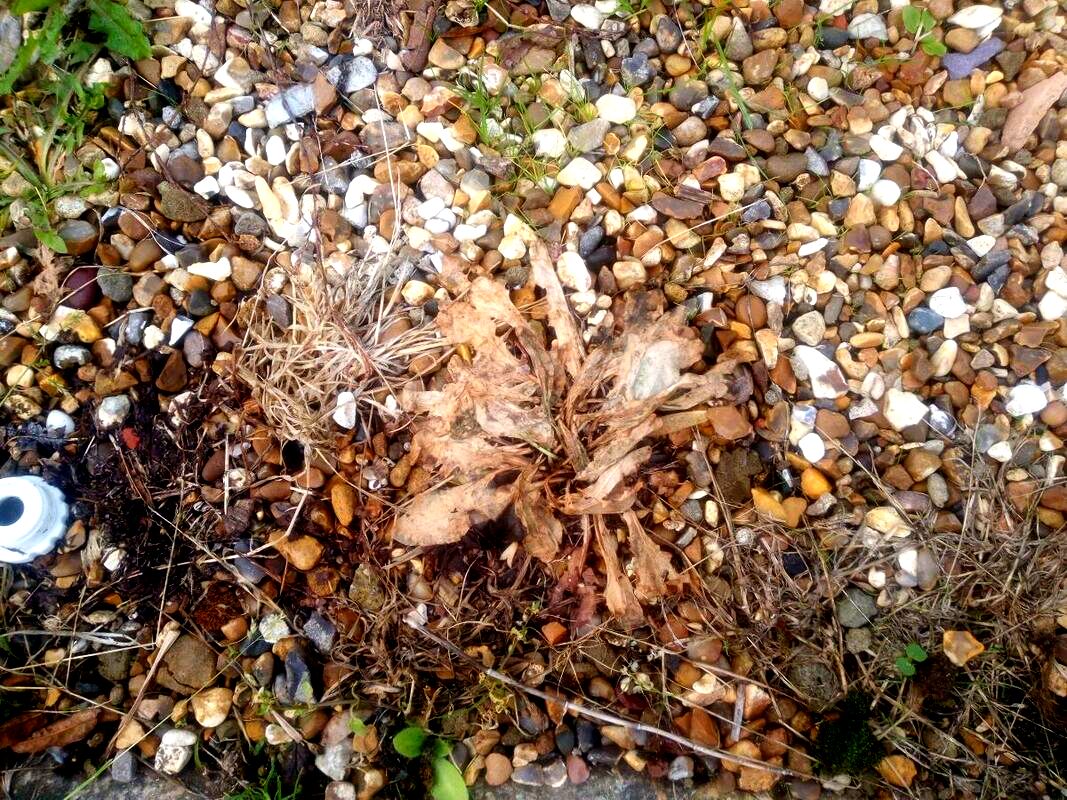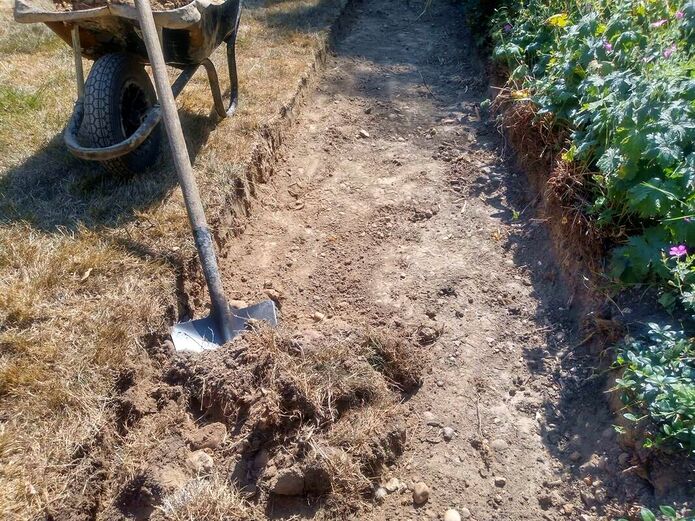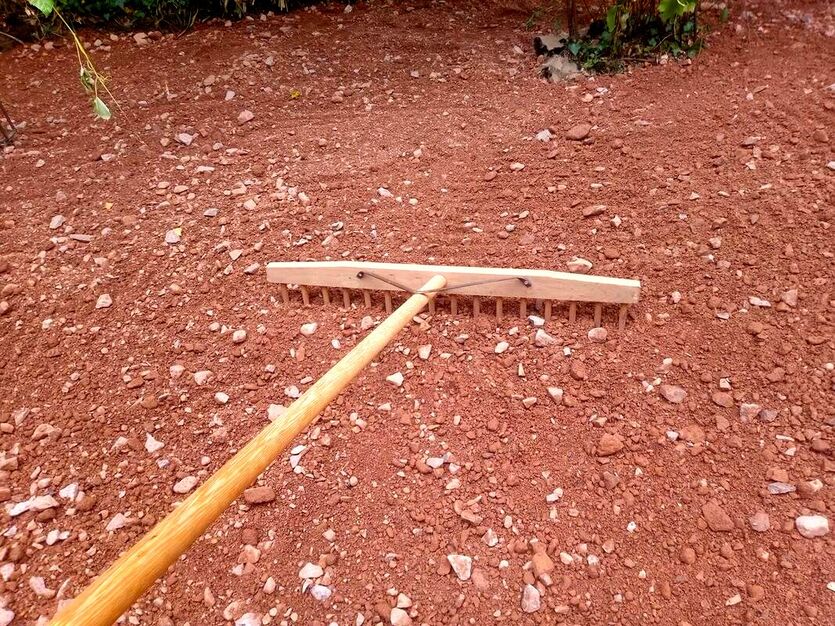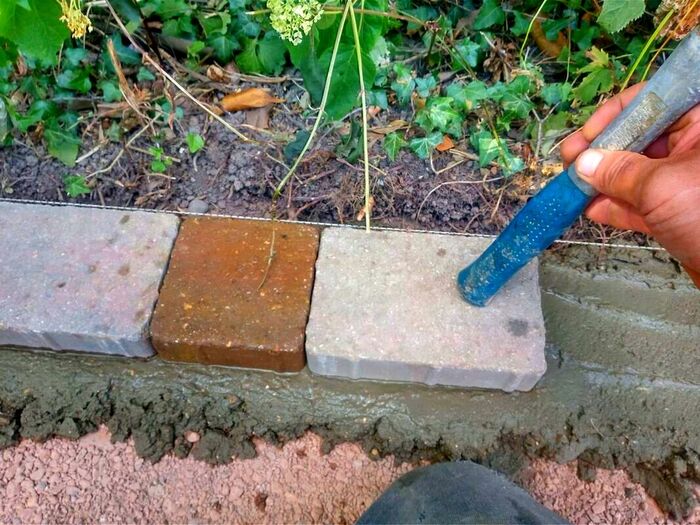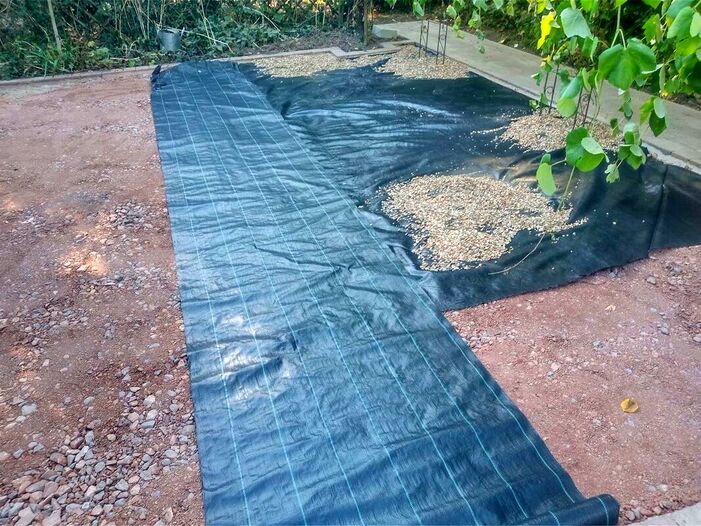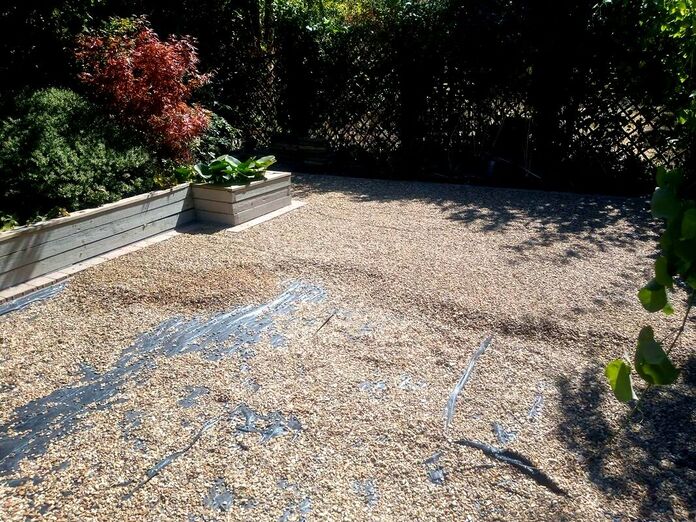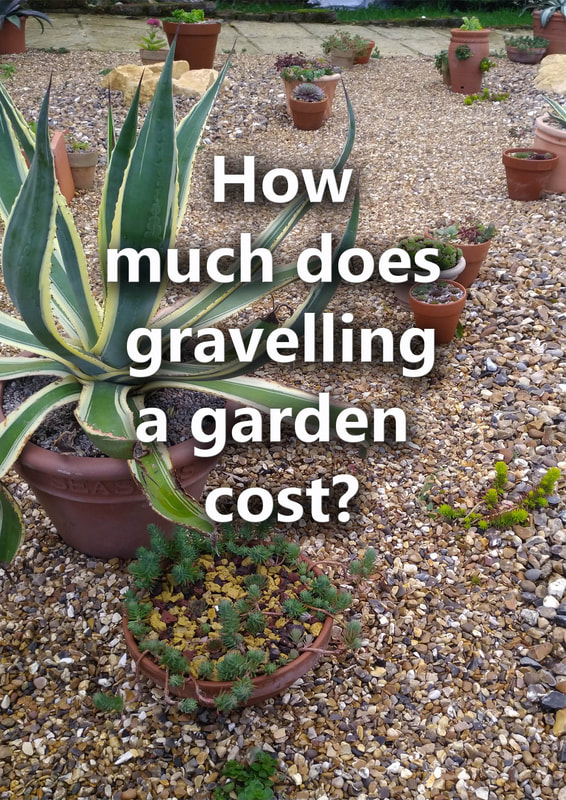|
This article contains affiliate links
Gravel is one of the most versatile of surfaces for landscaping outdoor spaces. Not only does it come in a range of sizes it also comes in various materials and colour tones.
Gravel is fast and affordable to lay and allows water to permeate through its surface easily. However one of the biggest draw backs to using gravel is it is susceptible to weed establishment. Weeds can find it relatively easy to penetrate gravels and loose aggregates with their robust root systems. Furthermore, over time, dust, dirt and debris can build up within the gaps of gravel surfaces. This provides enough nutrients for persistent weeds such as grasses and dandelions to flourish. The question is; how do you get rid of weeds growing in gravel? There are plenty of effective methods to get rid of weeds from gravel patios and driveways. In this article, I will list and explain all the best ways to get rid of weeds from gravel surfaces. Why are weeds growing in my gravel?There are five main reasons why weeds are growing in your gravel: 1. Lack of sufficient baseVery often people decide to lay gravel straight onto soil with no sub-base. This leads to gravel eventually sinking into the surrounding soil and becoming compacted and silted. With a lack or displacement and plenty of moisture weeds find it easy to become established. Even with a robust weed membrane separating soil from gravel weeds can still become established. Weeds can spread their roots along the moist surface of the membrane searching for moisture and nutrients. 2. Inadequate depth of gravel
A very rarely mentioned element of weed establishment within gravel is displacement. If gravel has been laid too shallow the gravel particles will not move and grind together under pressure. This displacement and grinding action helps to crush young weeds before they develop. Consequently, you should try to spread a reasonable depth of aggregate to your gravel surface. I recommend a depth or around 40mm to prevent weed establishment. 3. Leaching of nutrients into gravel
If you have weeds establishing in a gravel surface or driveway you may notice a pattern. Weeds in gravel generally have greater densities around the edges near lawns and flower borders. This is because nutrients and organic matter from soft landscaping often leach into neighbouring gravel. Stay fragments of dirt, cut grass, dead plants and compost can find their way onto nearby gravel. This eventually sinks between the aggregate creating nutrient rich slurry. Consequently in times of heavy rain nutrients from lawns and borders dilute and leach onto gravel surfaces. The result is a fertile, warm and moist environment for weeds to thrive. 4. No weed proof membraneA common issue with gravel surfaces with many weeds is they have no weed proof membrane. Robust weed proof membranes will prevent underlying soil mixing with gravel and allowing weeds roots to penetrate the underling soil. However, many weed membranes I have encountered are far too weak and flimsy to do the job effectively. An effective weed membrane will not be able to be ripped or torn by hand and will allow water to permeate. The best weed proof membrane is Terram or Spudulica GeoTextile Membrane Fleece. Bear in mind for the best weed protection do not lay the membrane on bare soil. Try to base all gravel areas with at least a 50mm layer of compactable mot type 1 sub-base. 5. Build up of dirt and debrisIt is amazing just how much dust and debris can build up over time especially in garden environments. Small particles of dust, ash, sand and soil can be present in both the air and in rain. Over time this builds up within gravel surfaces providing the perfect substrate for weeds to take hold. Eventually there is so much build up that gravel fails to displace and prevent weeds from establishing. How to stop weeds growing through membrane?
You may wonder why weeds are growing through your membrane. However it is a common misconception that weeds are actually growing through a membrane. Most of the time, it is actually weeds establishing on top of the membrane. They can do this because there is a layer of dirt and nutrients on top of the membranes surface.
The best way to combat this is to add more gravel and clean the underlying membrane.
Only very strong, woody, perennials such as brambles and bamboo can grow up through membranes. This is however extremely unlikely and barely possible if you have a robustly compacted sub-base under the membrane. When installing your gravel make sure you remove all visible woody roots and rhizomes. Does vinegar kill weeds in gravel?
Vinegar is very acidic and will break down the cell walls of most weeds. However multiple treatments will be needed to actually kill deep rooted weeds. This is particularly the case with gravel, where deep rooted weeds draw up water and nutrients from deep taproots. You may find that vinegar kills the leaves only for the weeds to eventually grow back.
To kill deep rooted weeds in gravel you must wait for hot and dry summer weather. You must then apply a continuous drip of vinegar to each weed so it penetrates to the taproot.
This process must be repeated at least three times to eventually kill stubborn deep rooted weeds in gravel. Very often you will need to purchase a large, 5 Litre bottle of white vinegar for this method to be effective. 11 ways to stop weeds growing in gravelWhen it comes to removing weeds in gravel there are many substances and methods which can work. Some of these are more effective than others however a multipronged approach is probably best. Consequently I have listed and summarised the 11 best ways to remove and stop weeds growing in gravel. 1. Hand weedBy far the most effective way to remove weeds from gravel is by hand using a long bladed trowel. This way you can normally leaver up and remove the whole taproot from the base. Only by using the dexterity of the human hand and brain can you guarantee to remove the whole weed. This is however a rather time and labour intensive method. If there is a lot of dirt within your gravel weeds are sure to grow back. This is especially so if you have failed membrane, no sub-base or a shallow layer of gravel. If so you may wish to remove the gavel surface and install it with a correct base and membrane. I show how to do this step by step with pictures at the very end of the article. 2. Use a hoeA hoe is a gardening tool designed to cut weeds roots off deep under the surface and dislodge them. There are variations of weeding hoes but the most common are theDutch and push and pull hoes. These have long handles and blades which scour deeply under gravel dislodging weeds by the roots. This can be quite hard work but can clear large areas relatively quickly. 3. Weed killer
There are many types and brands of household weed killers on the market. Due to their chemical mixtures they are an almost certain way to get rid of weeds within gravel. However, the correct application will need to be adhered to in order to be successful. I have found some deep rooted perennial weeds will need multiple applications. Bear in mind that weed killers are toxic to the environment. It is best not to use them if you can especially if your gravel surface slopes onto a pavement or road. Such substances can pollute drainage networks and natural watercourses. 4. Homemade vinegar solution
Although vinegar can kill weeds using the correct application it is more effective mixed with salt. Mix your vinegar with a generous amount of salt and washing up liquid. Make sure you stir the solution well so the salt becomes fully diluted. Then add the homemade weed killer to a spray bottle and spray your weeds. This is best done on a warm and dry day when there is no risk of rain in the forecast. However this method will require multiple applications to be successful and may not work on established perennial weeds. 5. Rock salt
Rock salt can be a very effective method of removing weeds from gravel. The salt will slowly dehydrate moisture from the weeds roots and foliage eventually killing them. As rock salt will slowly dissolve in rain it can act as a slow release weed killer. However like vinegar, multiple applications may need to be applied and may fail to shift deep rooted perennials. 6. Vodka
Vodka and other strong alcohol blends can help to kill weeds in gravel effectively. The alcohol not only dehydrates the weeds it also removes their ability to deal with the suns radiation. This leads to weeds shrivelling up and dying back. However it is important to remember this should be done in hot, dry weather and to weeds in full sunlight. Very much the same as vinegar this will rarely work permanently for established perennial weeds. 7. Boiling water
Pouring boiling water onto weeds is most effective in gravel as it’s easier for water to percolate to the roots. As gravel is free draining the boiling water can strike to the very core of the weed. However once again for very established weeds with long taproots it can be ineffective. For small, less established weeds however, a good dosage of boiling water should be enough to kill. 8. Flame weeders
Flame weeders are a type of blow torch specifically designed to kill weeds. These are typically fed with gas canisters to provide an adjustable flame to the plant. The effectiveness of flame weeders do vary depending on the type of weeding you undertake. They are particularly good at killing young weeds that are not yet established. They are not so good at killing established weeds especially in paving joints and concrete cracks. Flame weeders are more effective when the flame can reach just under the plant and around the roots. Weed burners remove weeds from gravel very effectively especially if the gravel is brushed away from the plant. This enables the flames to cook the weed and its surrounding root mass. 9. Thermal weeders
The great thing about thermal weeders is they send a pulse of extreme heat to the weeds core. This burst of heat reaches temperatures of 1200 degrees Fahrenheit. The extreme heat will typically be enough to kill most weeds and their roots. For more persistent weeds with deep roots, multiple, longer duration, treatments may be necessary. 10. Top up more gravel
A very common reason for weeds establishing within gravel is an insufficient depth of aggregate. When gravel is laid too thinly there is not enough depth for the particles to move and displace. This enables weeds to get a foothold with no disturbance from movement and footfall. A greater depth of gravel also makes it troublesome for weeds o get enough moisture and sunlight. Weed seedlings quickly become spindly and weak leading to an early death. Once you have weeded your surface it is beneficial to top up with more gravel aggregate. 11. Re-base the gravel areaIf your gravel is so infiltrated with muck and weeds it may be time to think about drastic action. This is especially so if the original surface was not based properly to begin with. If membrane and gravel was originally laid straight onto soil it will never be fully weed proof! In such a case rather than fight a losing battle it is best to re-base the gravel area. This involves removing the old surface, excavating down around 100mm and laying a compactable sub-base. Then a new robust membrane can be laid and new gravel spread over the area. We will provide a step by step guide on how to do this below with pictures. What is the best tool for weeding gravel?
The two best tools for weeding gravel are Dutch or push pull hoes and long bladed trowels. Best homemade weed killer for gravel? A case study.
I thought it would be a good idea to put some homemade weed killers to the test to get some definitive results! I found a gravel driveway with plenty of established weeds including perennial grasses, dandelions, sorrel and clover. I will be treating the weeds with six of the most popular homemade weed killer methods. These will include; Vodka, white spirit, rocksalt, tablesalt, white vinegar and boiling water. The weeds will be monitored for a month to see if they die back or re-grow. The test was carried out during August with the weather being mainly dry with some showers. Vodka
Personally I was very sceptical that vodka would kill any weeds, I was however mistaken. Weeds treated with vodka slowly curled up and died over the course of a week. After a whole month there was no sign of recovery or re-sprouting. White spirit
It is not really advised to use white spirit as a homemade weed killer as it is petroleum based. However many sources say it will kill weeds quickly! We used white spirit on weeds in a gravel driveway and it was very effective. The weeds curled up and died within about 24 hours. Rock salt
Rock salt has been put forward as one of the most effective homemade weed killers for gravel surfaces. We sprinkled a small heap of rock salt on top of driveway weeds to see what happened. We found weeds slowly started to wilt and die within around three days after application. We also found that deep rooted perennial weeds such as dandelions also did not grow back. Table salt
Although rock salt is often stated the best natural weed killer for gravel it can be difficult to source. Consequently, we decided to also use regular table salt on gravel weeds. We heaped up the fine salt on top of weeds and monitored them to see what happened. Like the rock salt the weeds died and did not re-grow. However as table salt dissolves in water more easily it may not be as effective in wet weather. White vinegar
White vinegar has been well popularised as being one of the best organic weed killers. However there are mixed reviews online regarding its actual effectiveness. We poured about two table spoons of vinegar on each weed on our gravel drive. We found both dandelions and grasses died after 24 hours and did not grow back within a month. Boiling water
Boiling water seemed like an effective way to kill weeds on a gravel driveway. The question was; would the boiling water seep deep enough into the gravels surface to kill the roots. We poured about 500ml of boiling water straight from the kettle slowly onto established dandelions in gravel. We were not surprised to see the weeds die pretty much instantly above the surface. However we were surprised that there was still no re-growth within a month after pouring the water. Consequently it seems boiling water is an effective way to kill deep rooted weeds in gravel.
|
The Author
|
Landscaping services across Buckinghamshire, Amersham, Aylesbury & High Wycombe
Hyde Heath, Amersham, Buckinghamshire |
|

